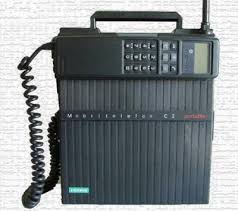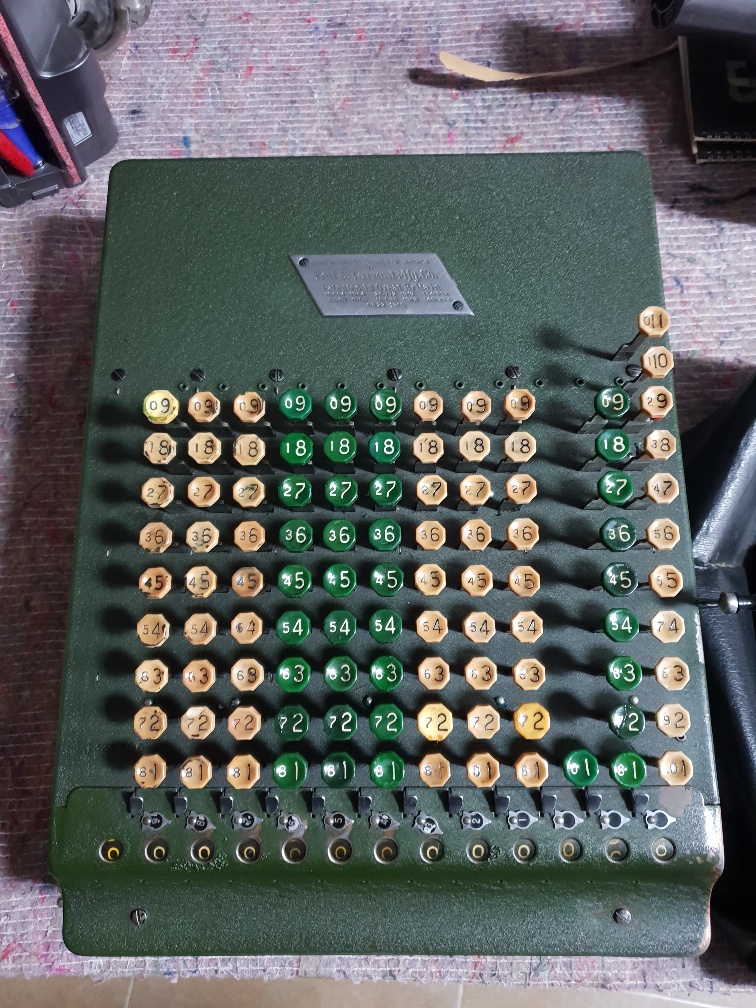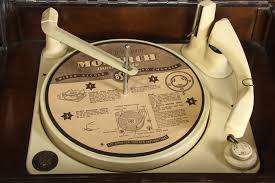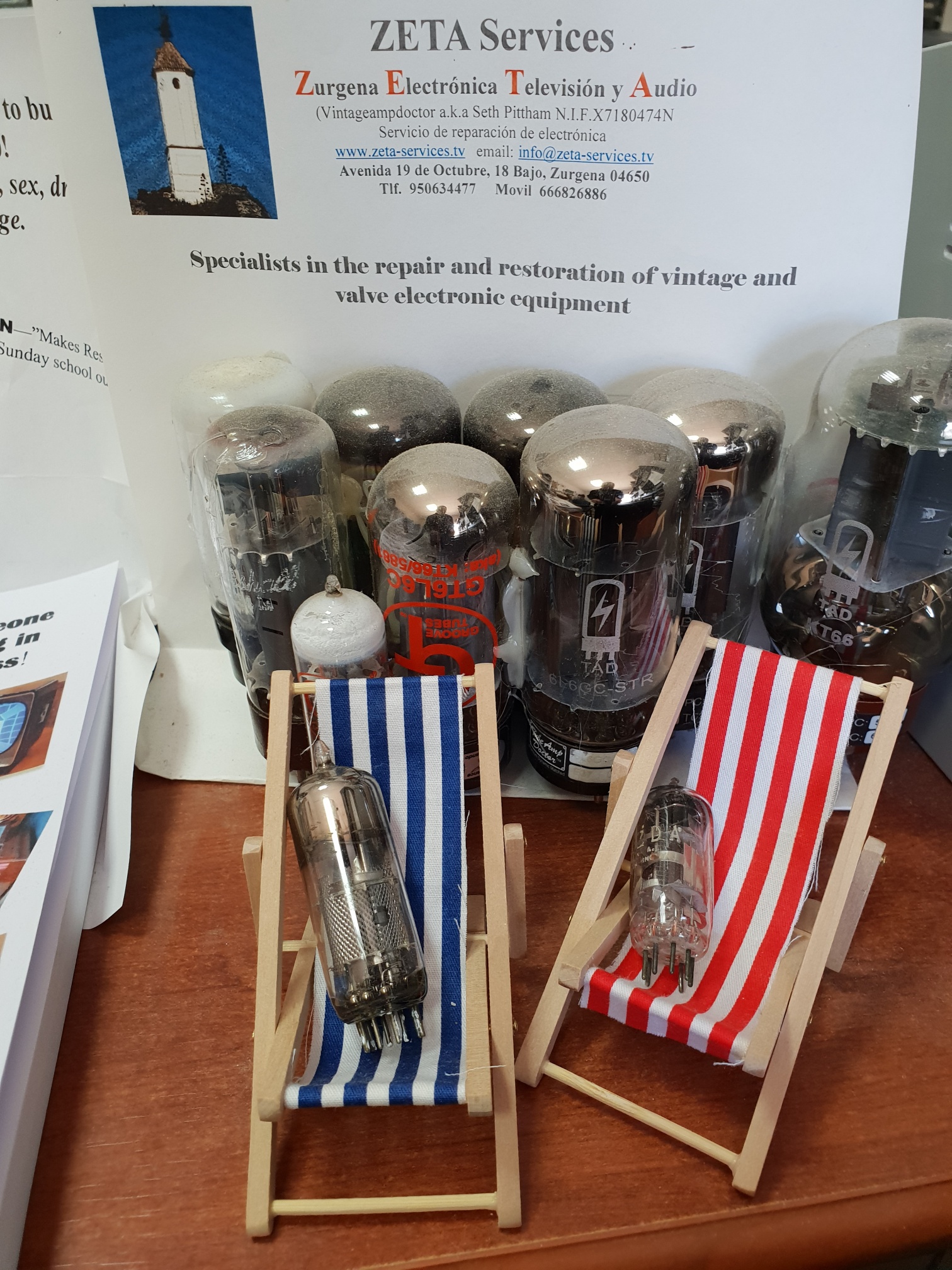
El mes pasado, Escribí sobre cómo comenzó el sistema telefónico público.. Haber ganado un premio Pulitzer como resultado, I thought I would tell you all about the dawn of the mobile phone.
Mobile telephones have been with us since the late 1940s. Bell Labs in the US, started work on a system which would integrate a hand-held army type Walkie-Talkie into the public telephone network. These were not quite like the SmartPhones we have today. Big batteries, válvulas, 5 foot long antenna and weighing half a ton, you needed to be wealthy and strong to own one. You would have to call up the local radio operator and ask nicely, to be put through to the desired land line number. The conversation was one-way at a time. You would operate the “Press-to-talk” button and release it after shouting “Over” to hear the other end. After a few minutes, your batteries would go flat, your arm would drop off and your bank account would be empty.
In the ‘60s-‘70s, If you wanted a telephone in your car, again you had to have deep pockets. In the UK, a trunked radio network had been established. A number of radio repeater stations, linked together, giving very limited coverage in main towns and designated important areas. The radio telephone was quite a beast to be fitted into the car. The size of a couple of shoe boxes, a nice chunky handset and holder and a substantial rear wing mounted aerial, acerca de 5 foot long with a loading coil the size of your fist half way up. Not car-wash friendly! Anyone clocking the car however, knew you were a grown up. The early versions had to be manually switched to the strongest radio site. You would call up the radio operator and asked to be connected. De nuevo, the two parties could only talk one at a time. Push the button to talk and wait for a second or so for the transmitter part of the phone to get going, then say “over” when you wanted to hear the other end. Later generations of systems were more sophisticated. Telephone numbers could now be associated to the radio phones, allowing making and receiving calls to public telephones, without operator intervention.
Now how about this. Arthur C. Clarke wrote a paper in 1959 setting out a society where people could talk to each other, anywhere on the planet by dialing a number on their personal hand held communicator, which would also be able to give you a global position!.
The Cellular system we now have, had been evolving since the ‘50s. A network of linked radio “cell” sites, all connected to the public telephone exchange network. The clever bit, is that a cell phone logs itself on to the strongest cell depending on where it is. The cell knows that particular phone is under its control. The network controlling system therefore knows where to route the incoming or outgoing call to and from. What happens when I drive out of my cell? (on hands-free of course) I hear you shout. Well as part of the management system, your phone and the cell are continuously looking for the strongest signal. If the phone sees a stronger cell, as you drive from one area to another, it ready’s itself for a “Handoff”. Without your knowledge, the phone transfers the call and connects itself to the most appropriate cell.
UK had its first cellular system in ’83, Known as 1G. It was an analogue system using the classic “Dell Boy” brick handsets. Speech quality was not good and security was a problem. It used frequencies freed up from the old 405 line TV system. With a radio scanner, one could hack into a call and copy phone numbers to program another phone. The 2G digital system started in the ‘90s, using much higher frequencies and digital encoded speech, audio quality was better. We now have 3,4G data web and so on. Interesting fact that the SMS (Short Message Service) was an adjunct only to be used to advise a service engineer of his next service call. Who would have thought…?!
Seth, Servicios zeta.








